The two most important plug-ins you must have access to in your DAW are EQ and reverb. Of both, you can find free ones as well as average ones all over the Internet. For YouTubers and hobby sound engineers, it’s fine to use those. For projects like movie, TV series and documentary post-production, though, only the best will make you win awards.
Before I start, an important note: I ran a simple test to see if Pro-Q was demonstrable better than anything else. I created a track with 3 notes from the Surge XT synth plug-in’s Init state, which is a perfect sine wave. I then ran every EQ I have that is worthy of that name as well as Apple’s Linear Phase EQ with exctly the same settings, a Bell curve with 5dB gain on 1kHz at a Q of 1.5. Only with the NUGEN Audio EQ I had to guess as that EQ works in totally different ways. I exported the resulting audio files to AIFF 24bit/48kHz and imported those in iZotope’s RX 10 Advanced. I then scrolled the color map dynamic range indicator bar all the way down so you can see how each EQ compares in relation to the raw material. At the bottom of this review, you can find the resized image. I’ve also uploaded a zip file with every screenshot I took to Dropbox; you can download that here: https://www.dropbox.com/s/u6houw8yp4mkp6h/Pro-Q%20test%20files.zip?dl=0
I couldn’t resist reviewing the latest versions of FabFilter’s Pro-Q 3 equaliser and Pro-R reverb plug-ins and see what you can do with the two plug-ins for post-production work such as creating a soundscape, enhancing your soundtrack, etc. (You will find the Pro-R review here).
FabFilter Pro-Q is an EQ plug-in with an efficient workflow, excellent sound quality and extensive feature set. In version 3, FabFilter has introduced dynamic EQ, surround/Dolby Atmos audio support up to Dolby Atmos 9.1.6, per-band mid/side processing, and more. One feature that’s missing is some kind of neural engine or machine-learning assistance, so this — and other FabFilter plug-ins — requires you to know how to EQ from scratch. Most pros do.
I have two other high-end equalisers to compare with, neither of which has the number of shortcuts and capabilities Pro-Q delivers. For example, unique to FabFilter’s Pro-Q and Pro-R plug-ins is that you can control them with a MIDI controller. Pro-Q 3 also must be the most complete EQ plug-in on the market. A few noteworthy features include instant and easy access to dynamic EQ for any of its 24 bands (Shelf or Bell at any slope) with Dynamic Range and Threshold controls and an intelligent Auto Threshold mode, support for up to 9.1.6 Dolby Atmos projects, with per-band speaker selection, and a Flat Tilt filter shape.
With all the features packed into the plug-in and the myriad ways to perform tasks — via shortcuts, dragging with or without modifier keys, entering values directly in controls, etc — the only way to get everything out of Pro-Q is to read the 40-page HTML-based user guide or put up with tooltips that I found too detailed.
The 40 pages taught me that Pro-Q is the only equaliser I know of that gives you up to 60dB of dynamic range and a frequency range from 5Hz to 30kHz. While the latter extremes are frequencies humans can’t hear, it allows you to create curves of which slopes run into and therefore affect the audible range. Very useful, indeed.
Another unique feature is that the spectrum analyser not only indicates collision and the ability to show the spectrum of other Pro-Q instances without the need for “send” plug-ins, but also lets you “grab” labeled peaks and automatically turns these into band controls. And its per-band mid/side and left/right editing modus operandi is unparalleled.
Pro-Q for a post-production project
I put Pro-Q through its paces with a 7.1.2 Dolby Atmos test setup. Logic Pro X does not support 9.1.6 setups. Pro-Q does and therefore supports those studios that have it installed. The only thing Pro-Q doesn’t support is output panning. Its mid/side, left/right processing, however, works equally well in this setup as it does in simpler stereo projects.

The spectrum analysis graph rendition of other Pro-Q instances happens in two ways. You either select one other track and see that spectrum in a different color overlaid on the current one, or you can just view them as thumbnails inside the spectrum settings pop-up. It’s a unique and very efficient method.
I obviously tested the sonic quality of the plug-in. Contrary to other EQ plug-ins, you can use Pro-Q in zero latency, Natural Phase or one of a number of linear phase modes. Although Zero Latency could be called lowest quality, it’s almost always the best option. Natural Phase, though, more closely matches the analogue phase response and introduces no pre-ring or latency. In every test case I set up, I found Pro-Q to produce very accurate results, in some cases better than the two competing vendors I pitted it against.
After four whole days of testing, I can safely say Pro-Q is your best option for equalising jobs, both corrective and creative. No matter what I threw at it, I was never disappointed by this plug-in. I am a big fan of NUGEN Audio and iZotope, so I never thought I’d say this, but Pro-Q blows their EQ plug-ins out of the water. Sonic quality wise, they’re all in the same league, but FabFilter manages to offer more surgical ways to make your sound fit perfectly for any purpose, be it music or otherwise.

Pro-Q is yours for € 169.


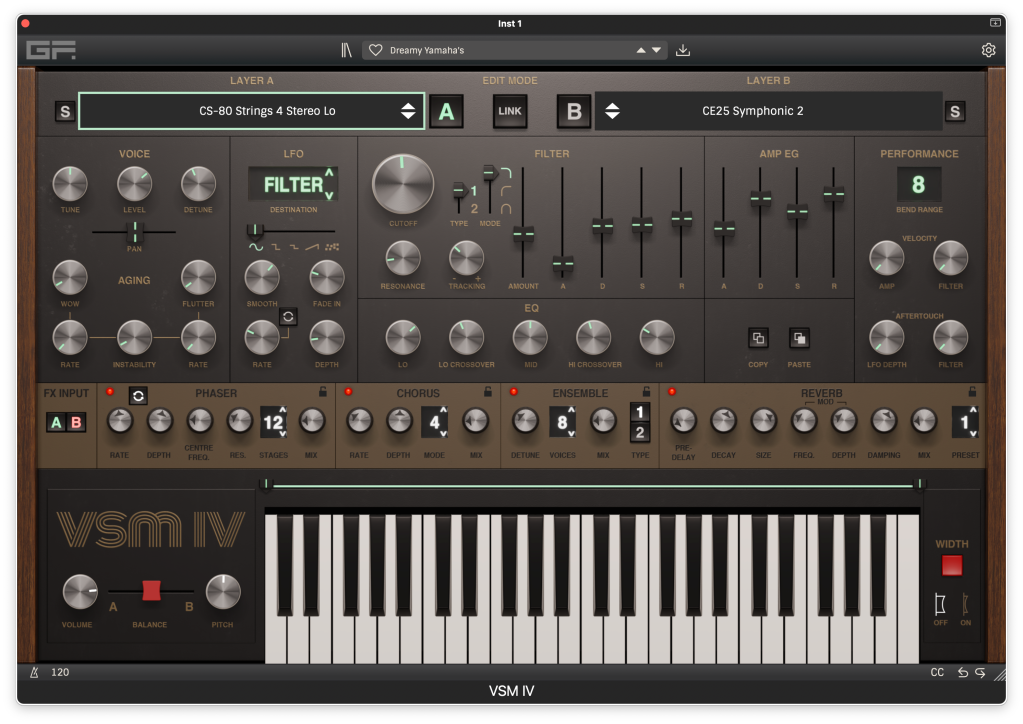
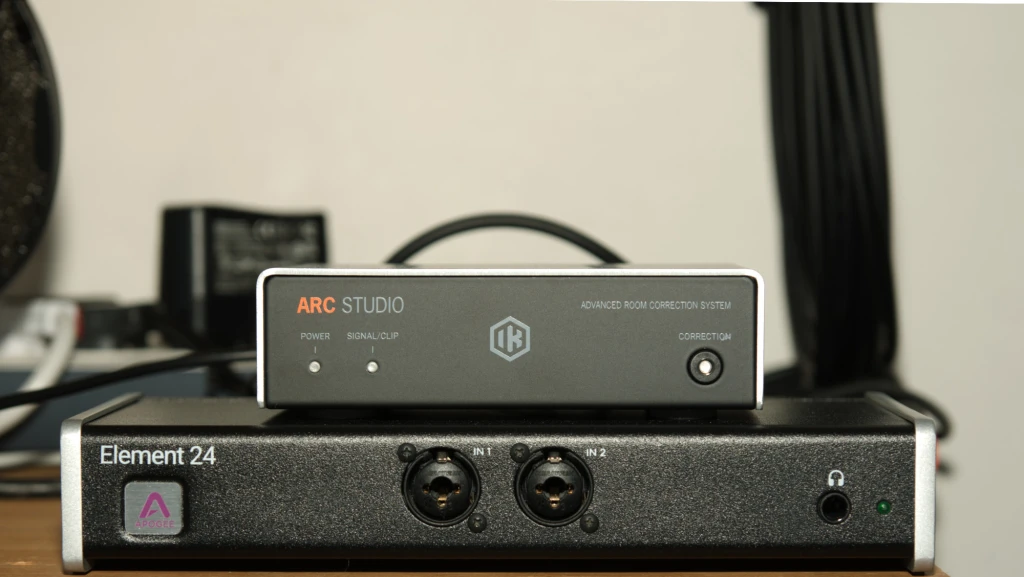
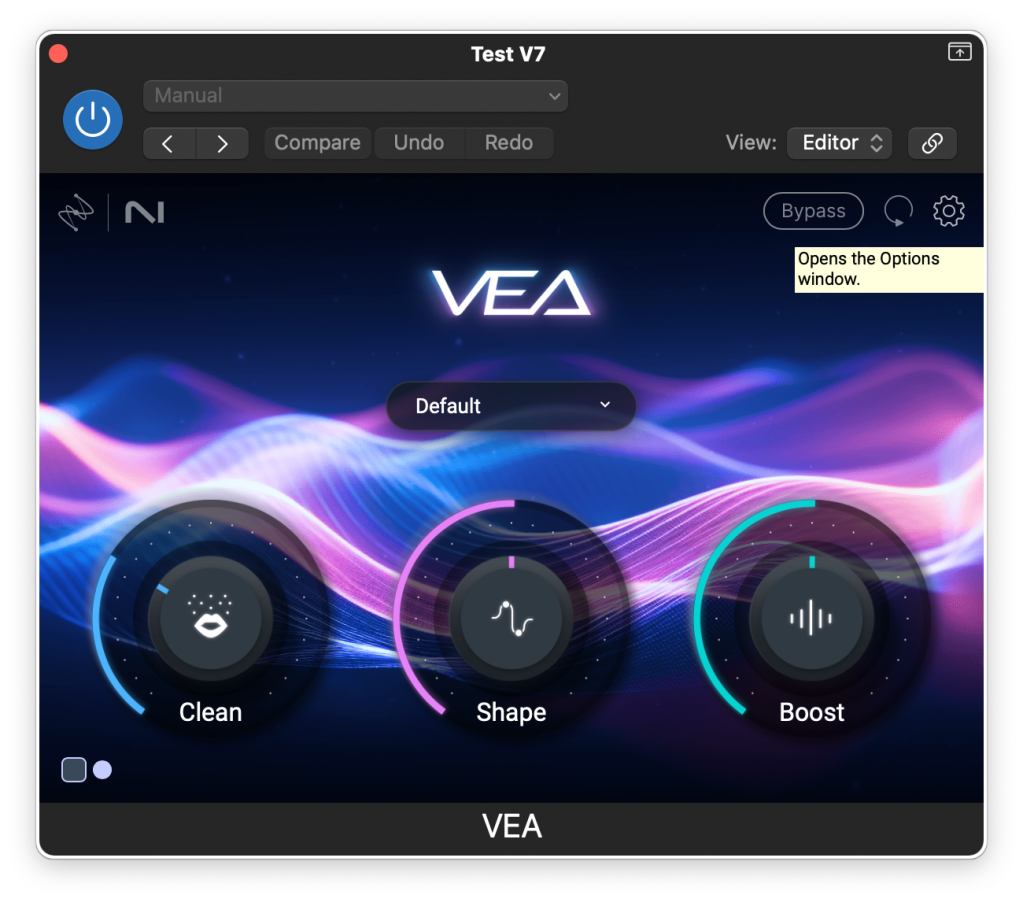
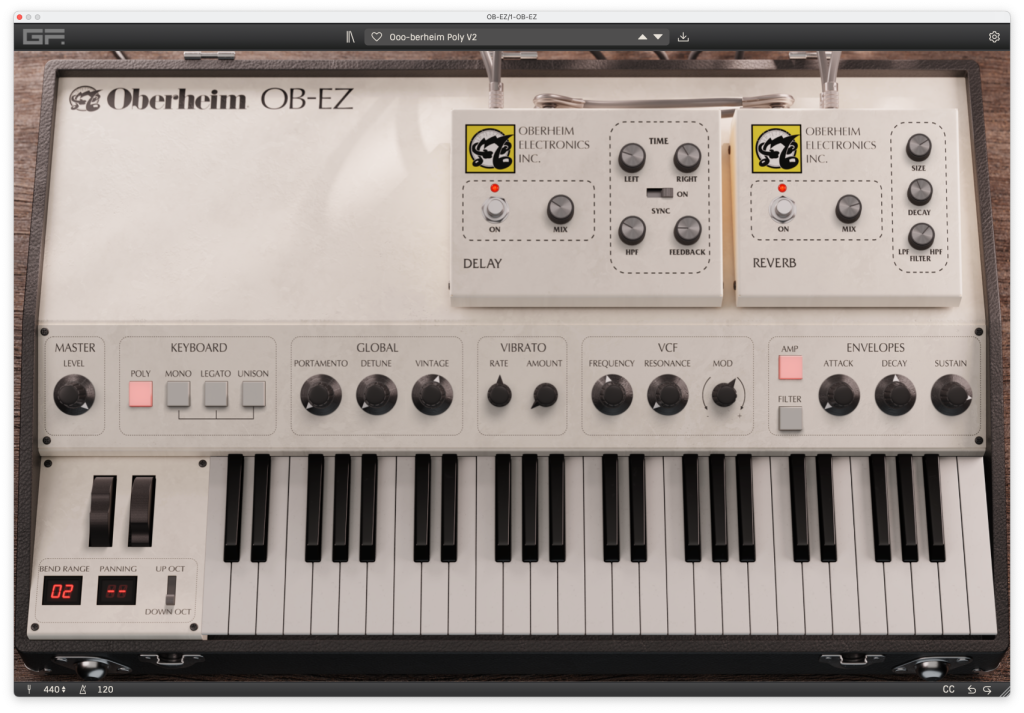
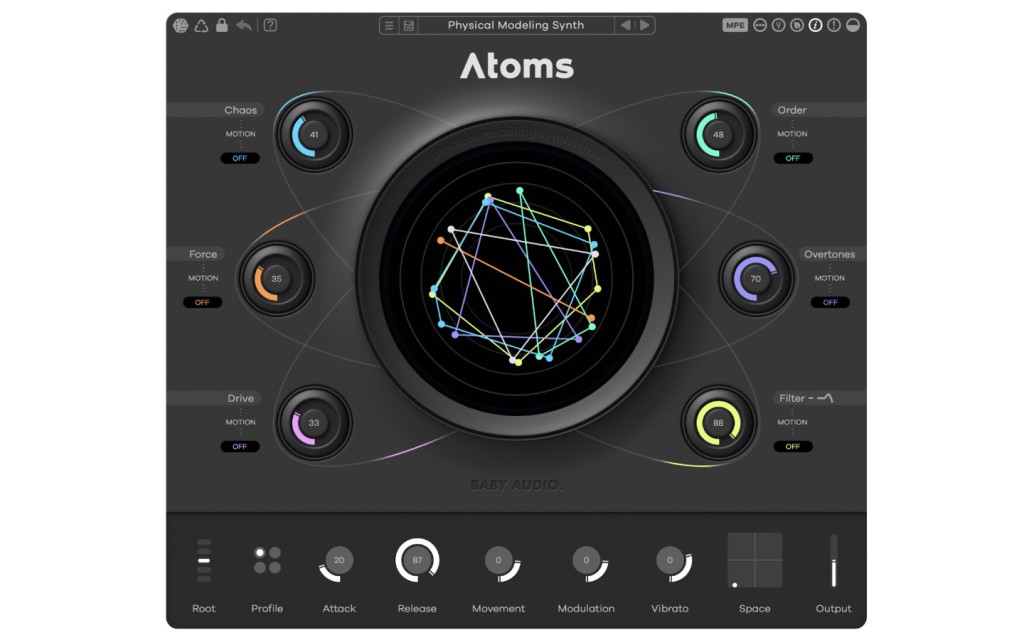
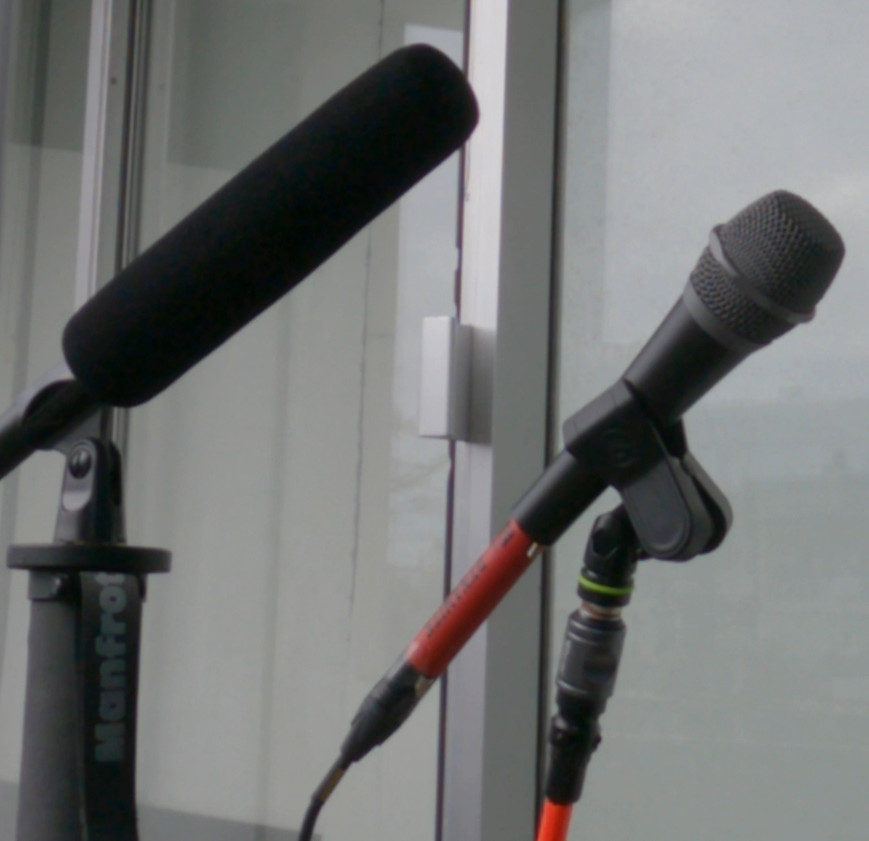
One response to “FabFilter Pro-Q 3 Equalizer plug-in: massive dynamic range and 5-30kHz frequency range (and contrary what you might think, that is useful)”
[…] recently wrote a review of FabFilter’s Pro-Q EQ plug-in. Make sure you read that one too as it contains a lot of information about the equalizing […]
LikeLike